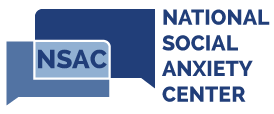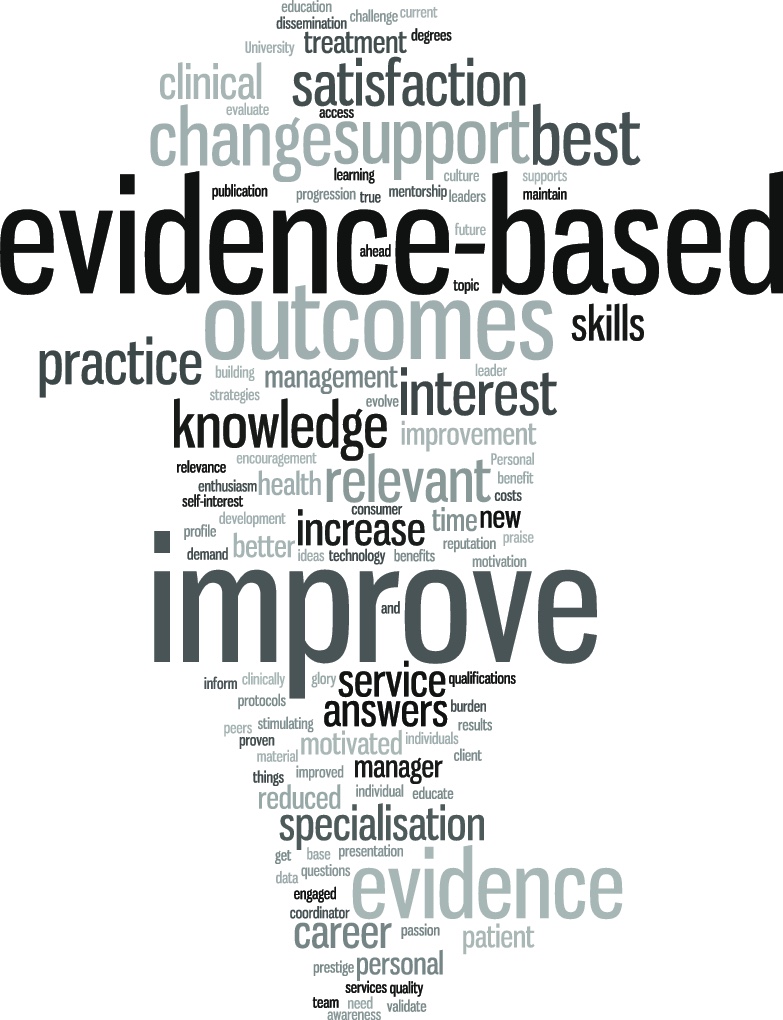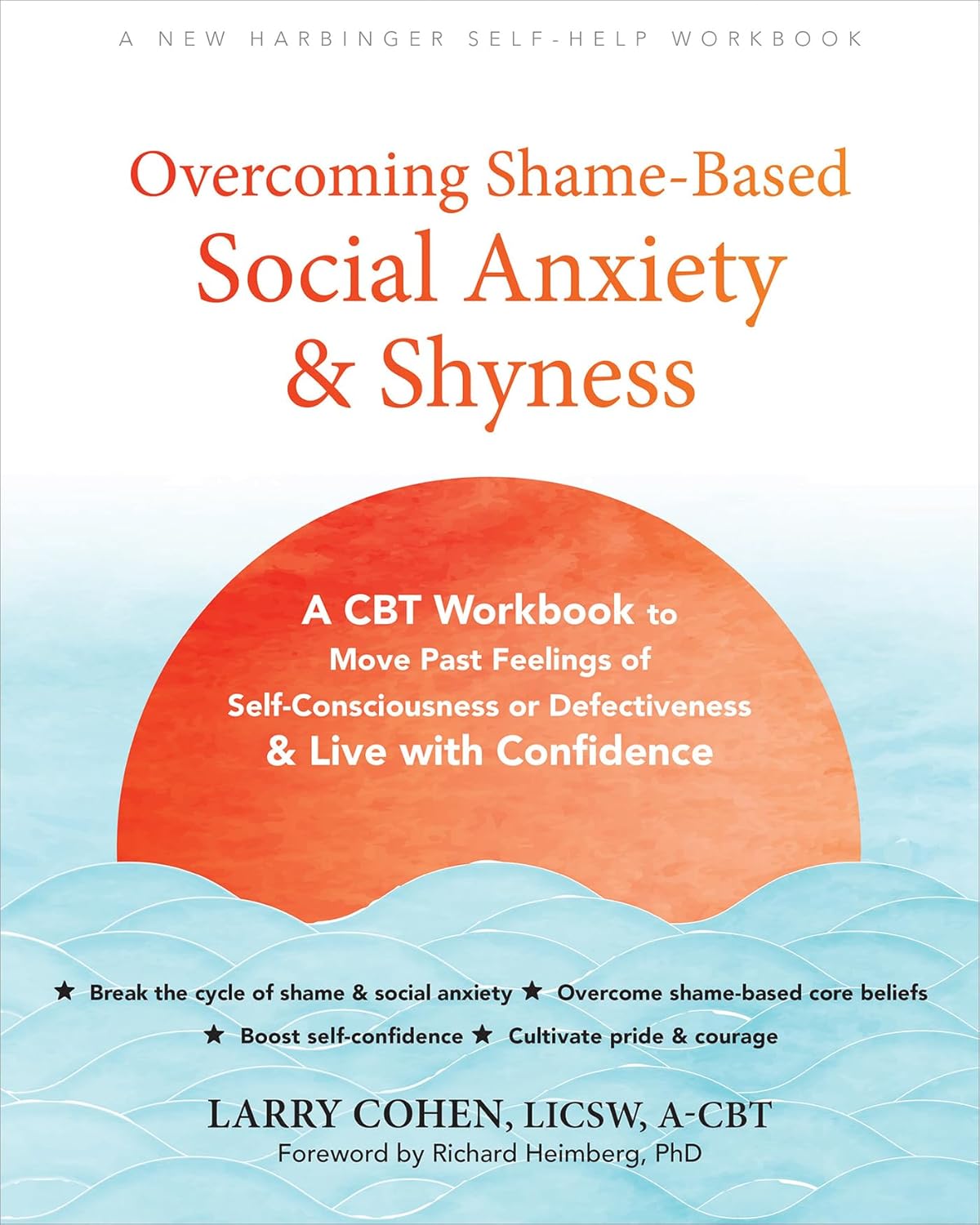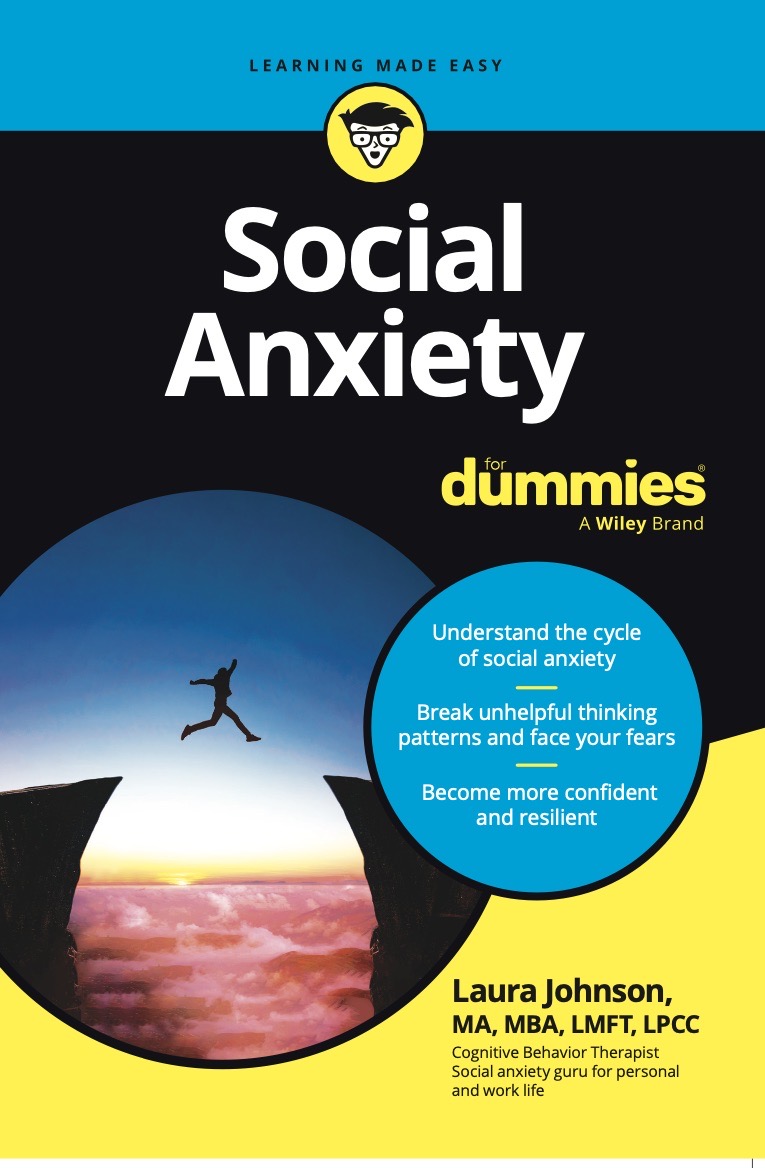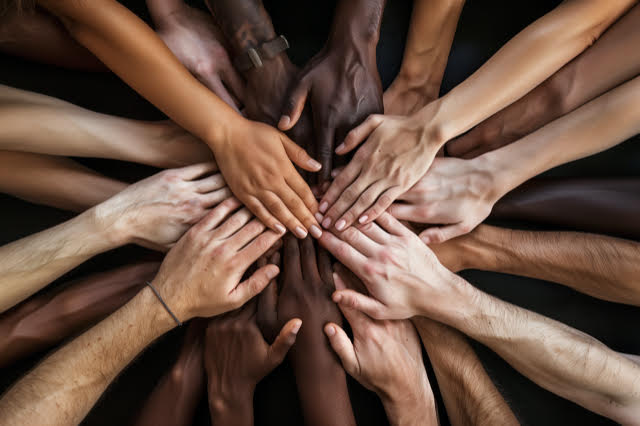Have you ever felt bogged down by worries, physical symptoms, fears, and avoidances? Do these things prevent you from living the life that you want to live? Do you end up feeling overwhelmed or defeated? Does it all feel as if it’s too much to bear? Are these things draining your motivation to work on your social anxiety? If you answered yes to any or all of these questions, you are not alone. There may be an answer for you. It is a secret that Olympians, celebrities, and people from all walks of life have used. The secret involves looking at the “big picture” of what you are hoping for. More simply put, it involves daring to dream.
You may be tempted to think that the notion of daring to dream seems like a fantasy that can be achieved only by other people, or the “lucky ones,” and not by you. Don’t be too quick to dismiss the idea: Daring to dream is not to be confused with wishful thinking. It does not replace the hard work needed to progress. It is an important starting point that can help with motivation at the beginning or at any stage of the work. It is like having an image in your mind of the outcome you hope to achieve. Dr. Reid Wilson, psychologist and anxiety disorders expert, refers to this as our “outcome picture” (2016).
There is some science supporting the use of mental imagining. In studying athletes, Dr. Fritz Renner and colleagues (2019) found that the use of mental imagery boosted motivation. They also noted that the participants in their study who used imagery for future activities reported “higher levels of motivation, anticipated pleasure, and anticipated reward for the planned activities” (p.51).
In a similar way, Dr. Wilson (2016) urged clients to change the focus of ruminating and worrying about disappointments and missed opportunities to a new focus on intentions about the future. A new focus would remind clients about experiences and things they would like to do differently in the future. According to Dr. Wilson, “This outcome picture reminds us of what we’re fighting for” (p. 283). It reminds us of our values and goals, while providing us with a picture of ourselves living our lives with these in mind.
Other psychologists also have skillfully used imagery as well as thoughts about desired outcome starting early in treatment. Drs. Kathleen Mooney and Christine Padesky (2000) worked with clients to identify particular problems. Then they asked clients to define goals in contrast to these problems by asking clients how they would like to be, or in other words, what they would hope for. The exploration of future desired outcomes led clients to create possibility lists. The process gave way to goals becoming more specific and to setting the stage for future cognitive-behavioral therapy (CBT) work, including behavioral experiments, among other things.
How Would You Like to Be?

In 2013, Dr. Padesky refined the work for people with core beliefs that represented long-standing problems. A desired outcome picture was elicited by asking one question: “How would you like to be?” The clients developed images in their minds of how they wanted to be—an outcome picture of sorts—including the ways they would like to see themselves interacting with others. A mental image of an outcome is often the way in which an individual would wish or dream to be. When we look deep inside these desires, we see what is profoundly important or what we value.
Looking at what is important for each individual can be a game-changer for treatment outcomes. Dr. Russ Harris (2019) discussed the focus on values in acceptance and commitment therapy (ACT). He said it is a way to look at “what really matters in the big picture: your heart’s deepest desires for how you want to behave and what you want to do” (p. 3). Values can help us to form the outcome picture of living the meaningful life that we dream about. Values also help to motivate us and give us a kind of blueprint for living moment by moment. Being mindful of the kind of values that are important to us is a way to take stock of our ourselves, our lives, and our interactions with others, and to take action living that way.
Some ground-breaking work has been done with people with serious mental illness in recovery-oriented cognitive therapy (CT-R), and that work has application for all. Dr. Aaron T. Beck and colleagues (2021) highlighted the importance of aspirations. They noted, “Many individuals with serious mental health conditions have given up on dreaming about the future. The aspiration-generating process rekindles their dreaming, expands their horizons, and uncovers their untapped potential” (p. 59). These aspirations are not goals; in fact, they are much broader. They reflect values of what is important to individuals and can activate what is called an adaptive mode, in which people can see themselves living their lives at their best. Aspirations are highly linked to motivation and goals. Then looking at outcome, people take steps, working on aspirational goals, thereby putting directed energies into actions.
Dr. Judith Beck (2005) suggested changing the problem list around by transforming it into behavioral terms. The example she gave is particularly relevant for people with social anxiety. She suggested “changing a problem” of ‘loneliness,’ for example, into ‘Meet new people’ and ‘Make plans with friends’ (p. 128). These goals can be the focus of treatment. One can look at steps and strategies for achieving the goals.
Dreams Built on Values and Aspirations

With a clear outcome picture infused with hopes or dreams built on values and aspirations, both the destination and the path become clearer. Then, when looking toward the horizon, the motivation to do the work of treatment, including facing uncomfortable situations and dealing with anxiety, makes sense. The willingness to do what it takes increases with an outcome picture in mind.
The impact of daring to dream about an outcome picture is evident in the personal account of actor Jennifer Lawrence, who stated publicly that she has social anxiety. Jennifer dared to dream, and once she found her calling, she and her family were motivated to make the sacrifices necessary while keeping the focus on the outcome picture.
D’Aconti (2013) wrote about her story while mentioning his own struggles with social anxiety. Inspired by Jennifer Lawrence, he had this to say:
My message to you is not to sell yourself short because of social anxiety (or any other mental health problem). As a person suffering from social anxiety, Jennifer Lawrence could have easily considered a career path such as acting as threatening, terrifying and ultimately unattainable. However, courage made her not only a successful actor who found her calling and personal happiness, but also a well-adjusted person who found the best possible way to overcome her social anxiety. Don’t settle for less because of anxiety. Reach for the stars instead!
I would like to propose that the message applies not to lofty or ambitious job pursuits and goals necessarily, but to follow the desires of one’s heart. These are the values, aspirations, and goals that are important to each one of us. Examining values, aspirations, and extending dreams and hopes to create our own unique outcome picture can help motivate us to do the hard work ahead, or to get back on track. Consider your values and aspirations when contemplating your outcome picture. Let your outcome picture give you the courage to dare to dream. Let it inspire you to take steps to overcome social anxiety in pursuit of a life well lived. Remember: you do not need to go it alone. Don’t hesitate to reach out to a professional trained in cognitive-behavioral therapy (CBT) for social anxiety.
Written by,
Constance J. Salhany PhD, A-CBT
National Social Anxiety Center – Staten Island

References:
Beck, A. T., Grant, P., Inverso, E., Brinen, A. P., & Perivoliotis, D. (2021). Recovery-oriented cognitive therapy for serious mental health conditions. Guilford Press.
Beck, J. S. (2005). Cognitive therapy for challenging problems. Guilford Press.
Beck, J. S. (2021). Cognitive behavior therapy (3rd ed.). Guilford Press.
D’Aconti, A. (2013, December 18). A lesson from Jennifer Lawrence on social anxiety, Healthyplace.
Harris, R. (2019). ACT made simple (2nd ed.). New Harbinger.
Mooney, K. A., & Padesky, C. A. (2000). Applying client creativity to recurrent problems: Constructing possibilities and tolerating doubt. Journal of Cognitive Psychotherapy: An International Quarterly, 14, 149–161.
Padesky, C. A. (2013, October 28-29). Simplifying personality disorder treatment: A NEW Paradigm for CBT [Workshop]. University of Calgary, Alberta, Canada.
Renner, F., Murphy, F. C., Ji, J. L., Manly, T., & Holmes, E. A. (2019). Mental imagery as a “motivational amplifier” to promote activities. Behaviour Research and Therapy, 114, 51–59.
Wilson, R. (2016). Stopping the noise in your head: The new way to overcome anxiety and worry. Health Communications.
